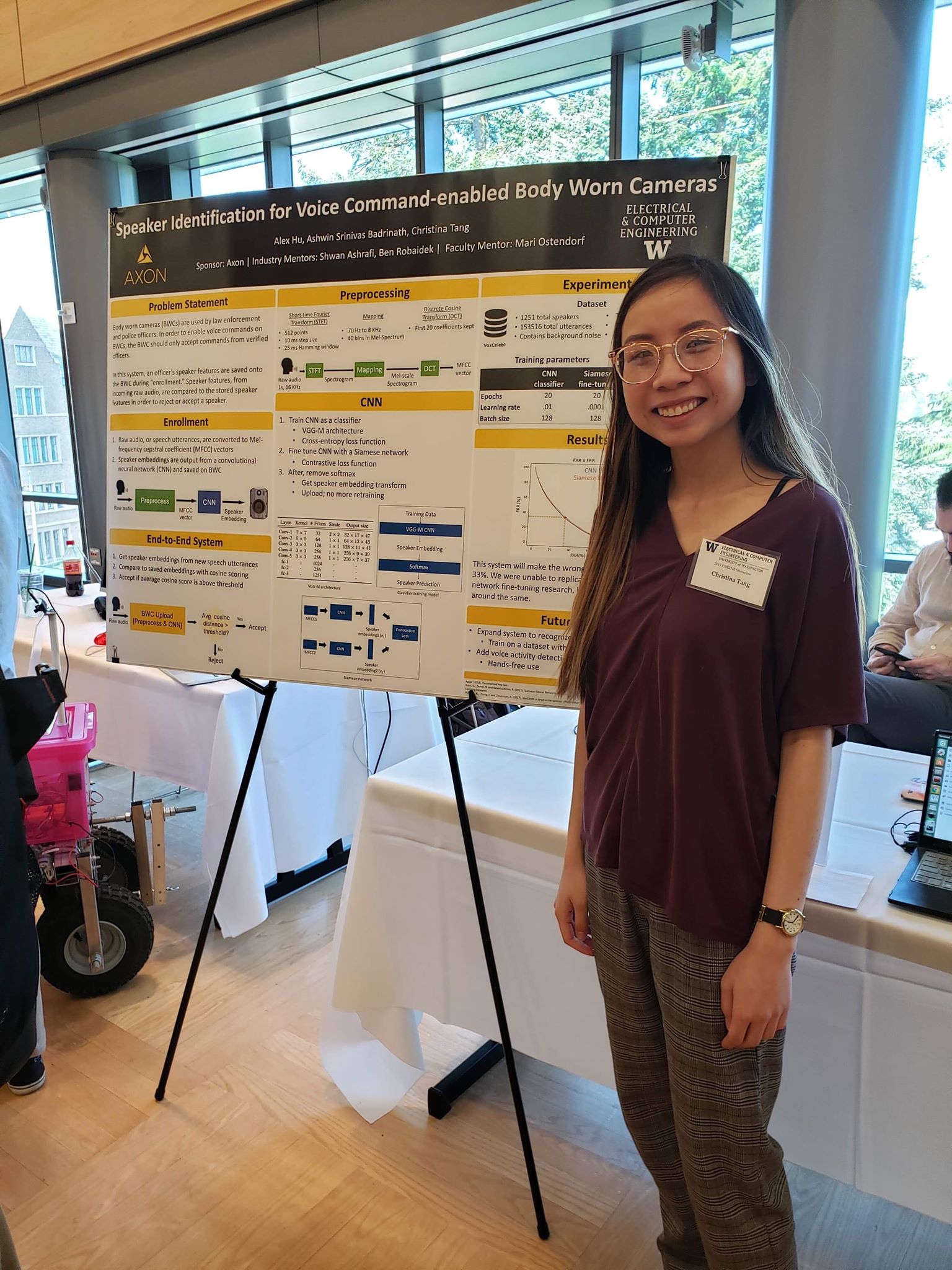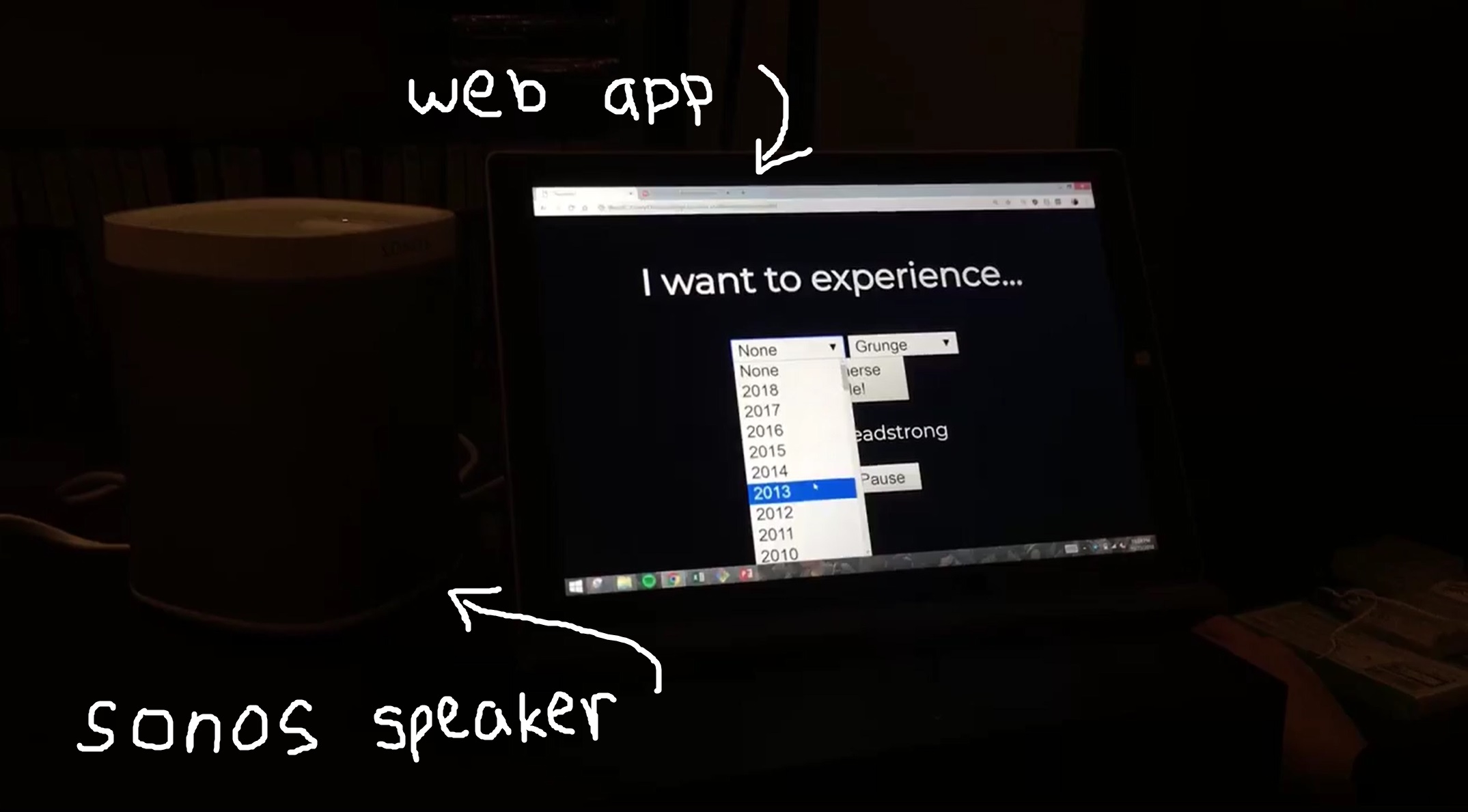University of Washington
BSEE 2019
From a young age, I have been thinking like a programmer. Although I was addicted to coding HTML and JavaScript as a kid, I always wanted to learn how the computer worked. I originally pursued a computer science degree, until I fell in love with the types of problems and applications you can find at the intersection of hardware and software. I took a lot of extra classes in CS out of interest, and challenged myself to a senior capstone in machine learning. So in 2019, I completed a BSEE with a concentration in embedded systems.
Thanks for checking out my personal website, which I designed & built from scratch to practice HTML, CSS, and git.
Education Highlights
- Embedded Projects w/ ARM Cortex M
- ARM and x86 Assembly
- Unix, Bash Scripting
- ML Audio Processing with TensorFlow and TFLite
- Web Programming
- Database Systems
- Networks

Employment
T-Mobile, 2017 - 2019
I was an intern for T-Mobile on the Corporate Information Security team and Technology Foundation team.

Speaker Identification for Voice Command-enabled Body Worn Cameras
My machine learning capstone project
I teamed up with two other students for a capstone project sponsored by Axon. We built a system and prototype, and presented it at UW ECE's capstone fair.
Body worn cameras (BWCs) are used by law enforcement and police officers. In order to enable voice commands on BWCs, the BWC should only accept commands from verified officers.
In this system, an officer’s speaker features are saved onto the BWC during “enrollment.” Speaker features, from incoming raw audio, are compared to the stored speaker features in order to reject or accept a speaker.

Enhanced Spotify Music Exploration for a Sonos Speaker
A web app connecting APIs and WiFi
Wrote and designed web application UI for searching Spotify API with music genre and/or year. Connected web application with Sonos API to play a song directly on a Sonos speaker connected via WiFi.

FPGA Programming
Connect FPGA
A Connect 4 game on FPGA. I worked on developing and testing the UART communication modules to enable multi-player with two FPGAs (not pictured). I also did the hardware design and implementation that handles player input.